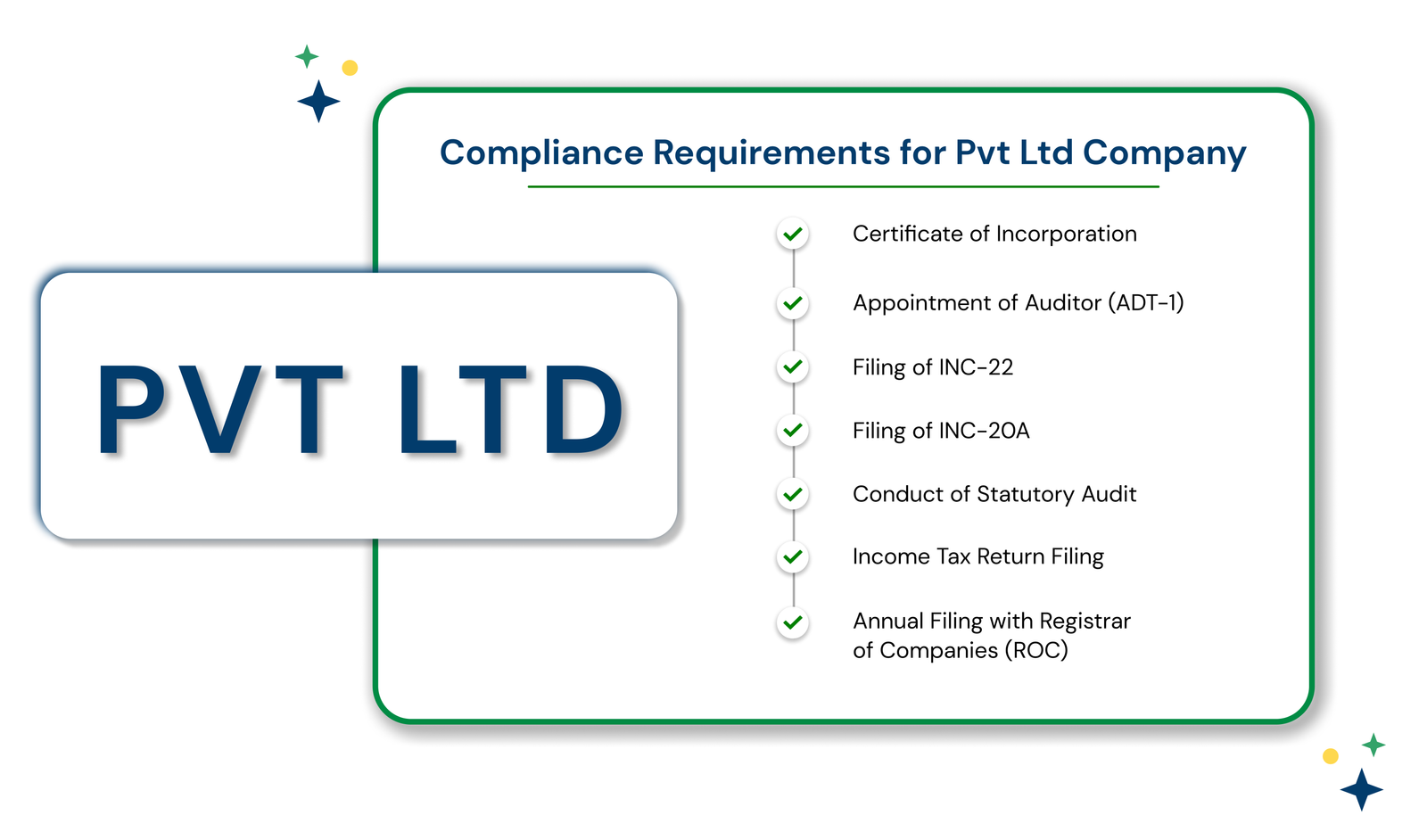Company Liquidation Assistance
Legally Close Your Business with Expert Support & Zero Compliance Worries
- No Hidden Charges
- Lowest Price Guarantee
No Hidden Charges
Lowest Price Guarantee
- Home
- Compliance & Accounting
- Liquidation Assistance
Four Steps to Get Your Incorporation Certificate
Fill the Form
Provide business details
Add to cart
Pay the required fee online
Submit Documents
Upload required papers
Certificate delivery
Official Document Delivery
Find the best plan for your needs
What is Company Liquidation
Company liquidation is the formal, legal process of closing a company and bringing its business to an end. It involves:
- Selling company assets
- Paying outstanding liabilities and dues
- Settling claims of creditors
- Distributing any remaining assets to shareholders
Once the process is complete, the company is dissolved, and its name is struck off from the Registrar of Companies (ROC).
Liquidation is often misunderstood as failure. In reality, it’s a strategic exit tool that helps promoters exit responsibly, legally, and without future liability.

When is Liquidation Required
You may need to liquidate your company if
- It is unable to pay its debts
- There are no ongoing business operations
- You want a formal, clean exit from the business
- You wish to avoid legal penalties or director disqualification
- You are facing tribunal orders, creditor claims, or regulatory pressure
- You want to resolve insolvency under the Insolvency and Bankruptcy Code (IBC), 2016
Types of Company Liquidation in India
Need to Update
Voluntary vs. Compulsory Liquidation
Need to Update
| Criteria | Voluntary Liquidation | Compulsory Liquidation |
|---|---|---|
| Who initiates | Company itself (members) | Creditors, ROC, Tribunal |
| Applicable Law | Section 59, IBC | Section 271, Companies Act |
| Solvency Required? | Yes | No |
| NCLT Involvement | Minimal | Full supervision |
| Liquidator Appointment | By company | By NCLT |
| Ideal for | Inactive or solvent companies | Insolvent, non-compliant companies |
Documents Required for Company Liquidation
To start the process, you’ll typically need
To start the process, you’ll typically need
Income Tax returns and NOC (if applicable)
Declaration of solvency (for voluntary)
Affidavits and indemnity bonds from directors
Declaration of solvency (for voluntary)
PAN, Certificate of Incorporation, MOA, AOA
Audited financial statements
Form MGT-14, Form GNL-2, Form STK-2 (as applicable)
We handle preparation, review, and filing of all documents on your behalf.
Process of Liquidation
Need to Update

- Declaration of Solvency by directors
- Shareholders’ Resolution (Special resolution)
- Appointment of Insolvency Professional as liquidator
- Public announcement inviting claims from creditors
- Liquidator verifies claims, sells assets, and settles dues
- File Final Report and Application with NCLT
- Dissolution order passed and company is removed from ROC
- Petition filed with NCLT (by creditors, ROC, or company)
- Tribunal appoints a Company Liquidator
- Liquidator takes over:
- Company assets
- Legal proceedings
- Books of accounts
- Claims are collected, verified, and settled
- Tribunal reviews Liquidator’s final report
- Tribunal passes dissolution order
Type of Liquidation | Estimated Time | Professional Fees |
Voluntary Liquidation | 6–8 months | Starts from ₹35,000 |
Compulsory Liquidation | 12–18 months | Based on NCLT scope |
Note: Government fees, NCLT costs, and IP fees are additional.
Need to Update
Need to update
Role of the Liquidator
A liquidator (licensed professional or insolvency expert) plays a crucial role:
✅ Takes control of company books, assets, and records
✅ Identifies and sells assets
✅ Verifies and settles claims from creditors
✅ Clears statutory dues (GST, income tax, PF, ESI)
✅ Files progress reports with ROC and NCLT
✅ Facilitates final dissolution and closure
What Happens After Liquidation?
Once liquidation is complete:
✅ The company’s name is removed from the ROC register
✅ Company cannot operate or re-register again
✅ All legal, financial, and tax obligations cease
✅Directors are discharged from further liabilities, unless fraud is proven
Risks of Not Liquidating a Defunct Company
✅ ROC may initiate compulsory winding up
✅ Directors may be disqualified under Section 164
✅ Penalties for non-filing of returns and compliances
✅ Risk of lawsuits from creditors or government agencies
✅ Difficulty in starting a new company or applying for loans
Frequently Asked Questions
Can I liquidate a company that has unpaid loans or creditors?
Yes, through compulsory liquidation or voluntary liquidation under IBC if creditors agree.
Can I close my startup without operations and no debts?
Yes, you may be eligible for strike-off or voluntary liquidation depending on structure.
Can I be held liable after liquidation?
If the process is completed legally, and all indemnity bonds and filings are submitted, directors are discharged from further liability.
What if ROC already sent notice for non-compliance?
You can still legally close the company, but some additional approvals or clearances may be required.
Will my GST or bank account close automatically?
No. These must be closed manually. We assist with full post-liquidation closure.








